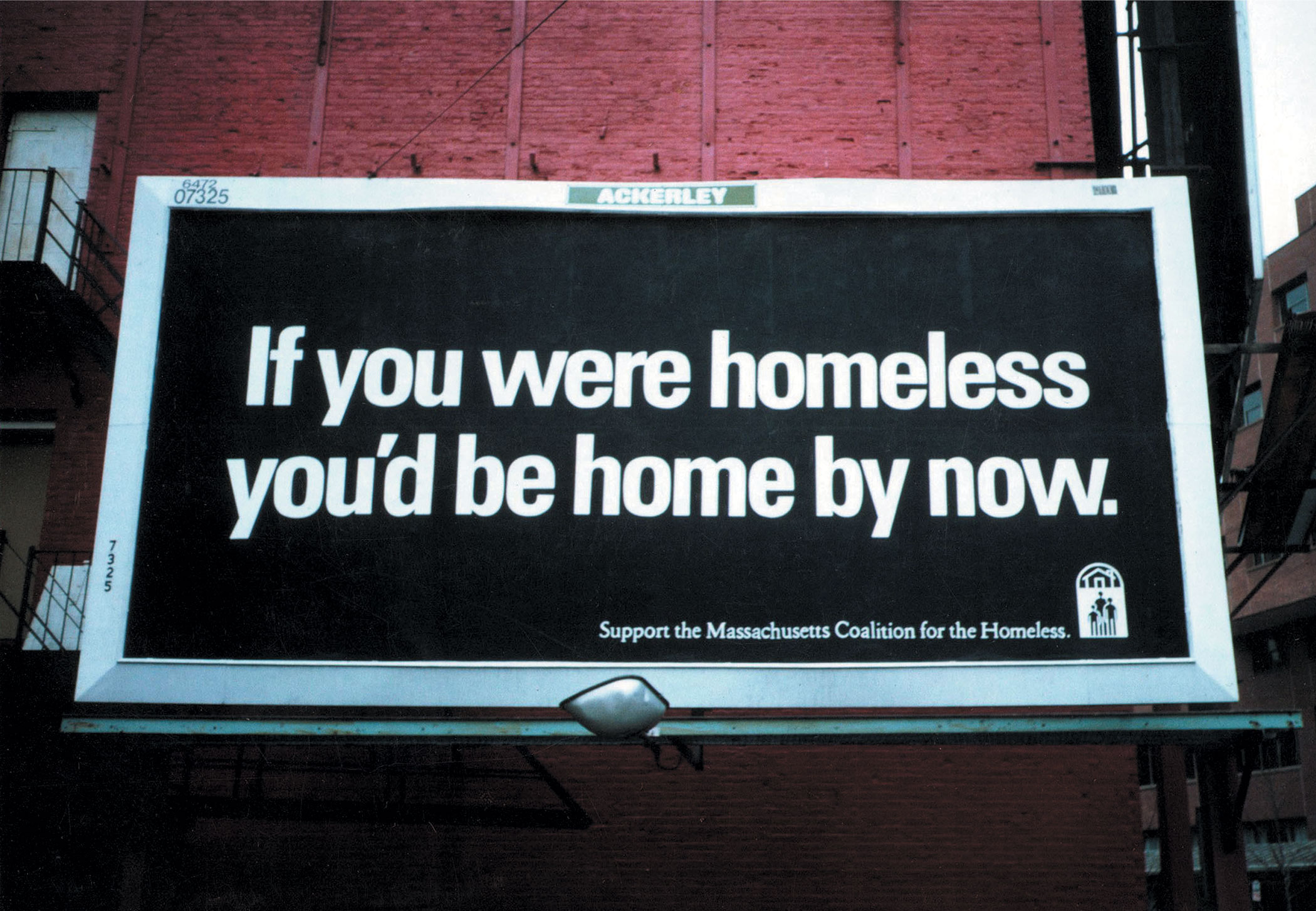Marketing Messaging Tips Series #4
“We can use surprise — an emotion whose functions is to increase alertness and cause focus – to grab people’s attention.”
-Chip Heath and Dan Heath, Made to Stick
Picture for a moment a scene from your ancestor’s distant past. Let’s call him Grug, an early human living in a cave in France. Suddenly a giant bear leaps into Grug’s cave, rising on its hind legs and baring its razor sharp fangs. Grug sprints out of the cave immediately. The others don’t respond as fast. They have become bear lunch. But Grug goes on to lead a full life, living to the ripe old age of 29—long enough to sire many children. All of us in the modern world are descendants of Grug and others who were wired to sit up and pay attention when surprised. This trait is common in all modern human behavior.
In books such as Made to Stick, the Heath Brothers describe the process of surprising people as “breaking the schema.” A schema is simply the expected normality of something. An orange looks like an orange. If an orange had antlers it would break the schema.
Messaging – Tofu of the Written Word
Considering that the tendency to be surprised by unusual things is so ingrained in us, it’s amazing how many companies launch marketing campaigns with messaging that is downright dull. In fact, most messages are the tofu of the written word, a kind of bland background noise. For you and your company, this represents a big opportunity to leap out of the background and bare your claws.
Most advertisers are pretty good at this. Which is why commercials tend to feature something surprising in the first second – a talking baby, a giant jug of Kool Aid crashing through a wall. Or Donald Trump saying, well, anything.
But unexpectedness can also be used to make a simple message—a few words—wake people up. Coke had a successful seven year run with a campaign theme that consisted of two words that don’t ordinarily go together: Open Happiness.
Try Simple Messages
Surprising messages can also rely on simple statements of fact. A campaign to end gun violence in America ran an ad with this shocking headline: “Last year, handguns killed 48 people in Japan. 8 in Great Britain. 34 in Switzerland. 52 in Canada. 58 in Israel. 21 in Sweden. 42 in West Germany. 10,728 in the United States.”
To introduce the Rolls-Royce in the United States in 1959, classic ad man David Ogilvy didn’t need a flashy commercial. He simply did his homework and discovered a startling fact, which became this headline: “At 60 miles an hour, the loudest noise in this new Rolls-Royce comes from the electric clock.” In its own understatedly British way, this message is just as unexpected as a talking baby. Thousands of new Rolls-Royce owners agreed.
Later in my series of marketing messaging tips, I’ll share some insights into the creation of another surprising message: “Climate change is one of America’s greatest economic opportunities of the 21st century”. But first things first. In my next post, I’ll talk about the need for simplicity and clarity in your messaging.
Want to hear more about our content and copywriting experience? Reach out for a conversation. We’re recognized as a top content marketing & copywriting company on DesignRush.




